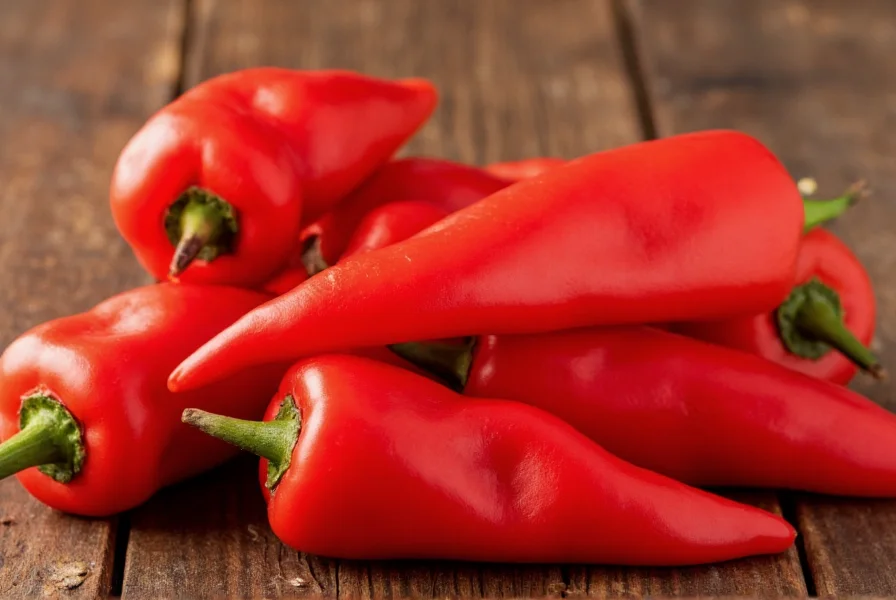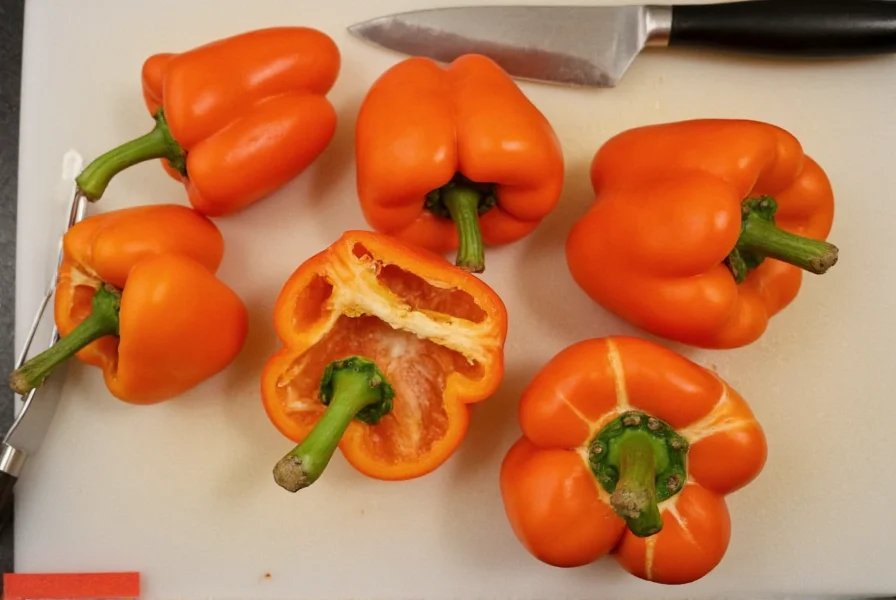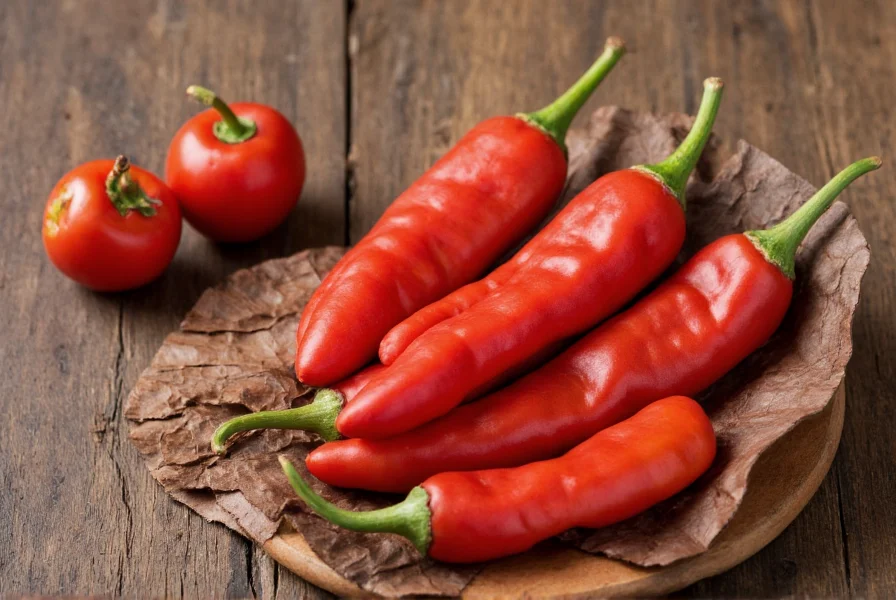When exploring flatiron pepper characteristics, this specialty cultivar stands apart from traditional bell peppers through its distinctive geometric shape and consistent wall thickness. Developed specifically for culinary versatility, flatiron peppers maintain structural integrity during cooking while offering superior flavor concentration compared to standard bell peppers.
Understanding Flatiron Pepper Features
The most notable flatiron pepper identification feature is its signature flat, triangular shape with three pronounced lobes that create perfect compartments for stuffing. These peppers typically reach 3-4 inches in length with walls averaging 0.25 inches thick—significantly thicker than standard bell peppers, which contributes to their exceptional cooking performance.
As flatiron pepper ripening occurs, these peppers transition through color stages: starting as deep green, progressing to golden yellow, then orange, and finally reaching a vibrant red when fully mature. The red varieties develop the sweetest flavor profile with higher sugar content, while green flatiron peppers maintain a slightly more vegetal taste preferred in certain culinary applications.
| Pepper Variety | Shape Characteristics | Wall Thickness | Heat Level (Scoville) | Best Culinary Uses |
|---|---|---|---|---|
| Flatiron Pepper | Flat triangular with three distinct lobes | 0.25 inches (thick-walled) | 0 (completely mild) | Stuffing, roasting, grilling, fresh salads |
| Bell Pepper | Rounded with 3-4 lobes | 0.15-0.2 inches | 0 | General cooking, salads, stir-fries |
| Cubanelle | Elongated, tapered | Thin-walled | 0-1,000 | Frying, sandwiches, stuffed dishes |
Culinary Applications of Flatiron Peppers
The flatiron pepper cooking advantages stem from their structural design and consistent wall thickness. Professional chefs particularly value these peppers for stuffing applications, as the flat sides create stable bases that prevent rolling during baking. The thick walls maintain texture when roasted or grilled, developing complex caramelized flavors without becoming mushy—a common issue with standard bell peppers.
When considering flatiron pepper substitution options, understand that while bell peppers can technically replace them in recipes, the culinary results differ significantly. The flatiron's thicker walls and concentrated flavor profile make them superior for dishes requiring extended cooking times. For raw applications like salads or crudités, flatiron peppers offer a crisper texture and more pronounced sweetness.

Growing Flatiron Peppers
Gardeners seeking flatiron pepper growing tips should note these peppers thrive in warm climates with full sun exposure. Like other sweet peppers, they require well-draining soil with consistent moisture—approximately 1-2 inches of water weekly. The plants typically reach 18-24 inches in height and produce peppers ready for harvest 70-80 days after transplanting.
One significant flatiron pepper harvesting benefit is their extended picking window. Unlike bell peppers that quickly become overripe, flatiron peppers maintain optimal quality for several days after reaching maturity, allowing for more flexible harvesting schedules. For maximum sweetness, allow peppers to fully ripen to red on the plant before harvesting.
Nutritional Profile and Storage
Nutritionally, flatiron pepper health benefits align with other sweet peppers, providing excellent sources of vitamins A and C, potassium, and dietary fiber. A single medium flatiron pepper contains approximately 30 calories and delivers over 100% of the recommended daily intake of vitamin C.
For optimal flatiron pepper storage methods, keep unwashed peppers in the crisper drawer of your refrigerator for up to 2 weeks. For longer preservation, slice and freeze peppers on a baking sheet before transferring to airtight containers—this method maintains their structural integrity better than freezing whole peppers. Avoid storing near ethylene-producing fruits like apples or bananas, which accelerate ripening and spoilage.

Common Questions About Flatiron Peppers
Understanding the differences between flatiron peppers and other varieties helps home cooks and professional chefs make informed ingredient choices. The distinctive shape and texture characteristics of flatiron peppers solve specific culinary challenges that standard bell peppers cannot address effectively.











 浙公网安备
33010002000092号
浙公网安备
33010002000092号 浙B2-20120091-4
浙B2-20120091-4